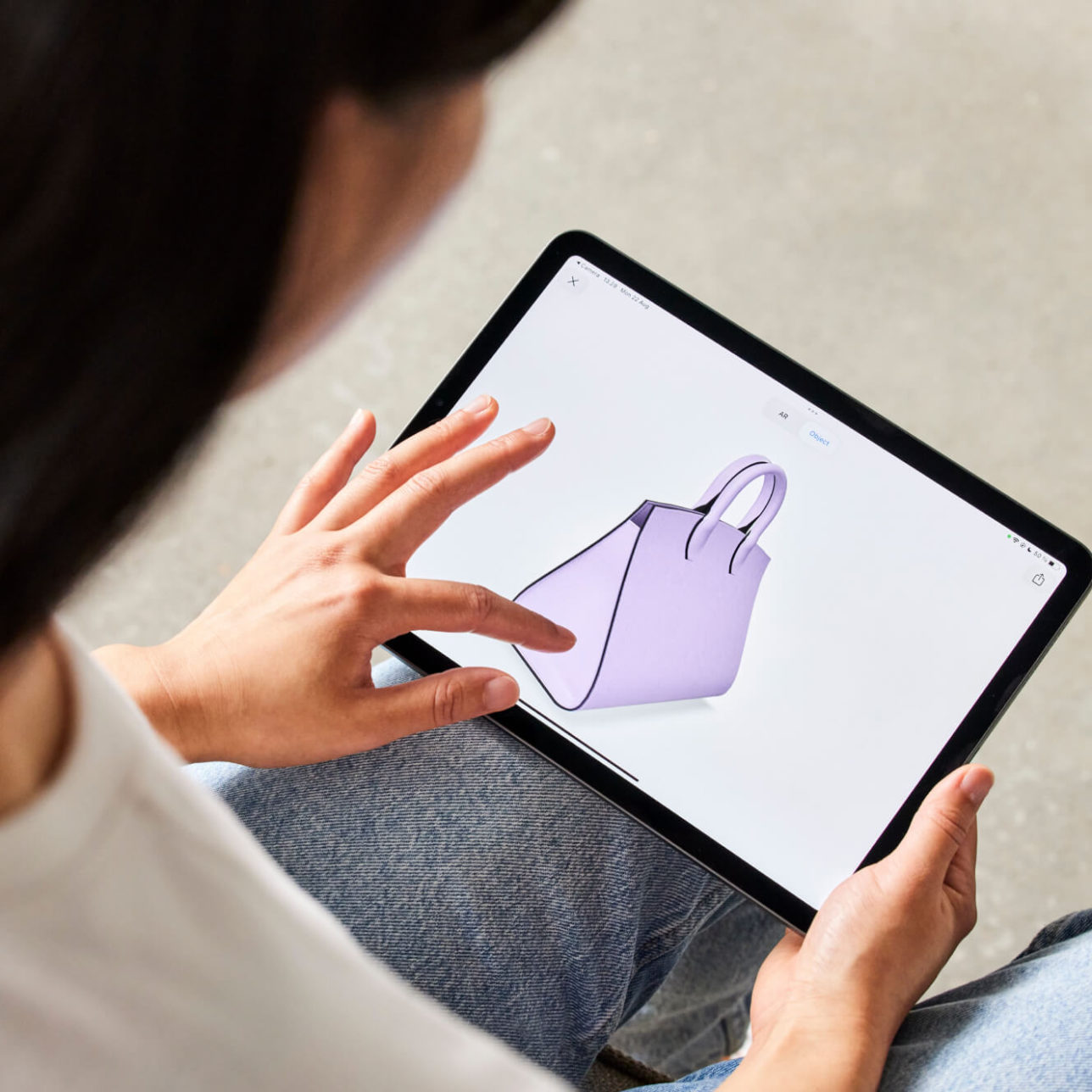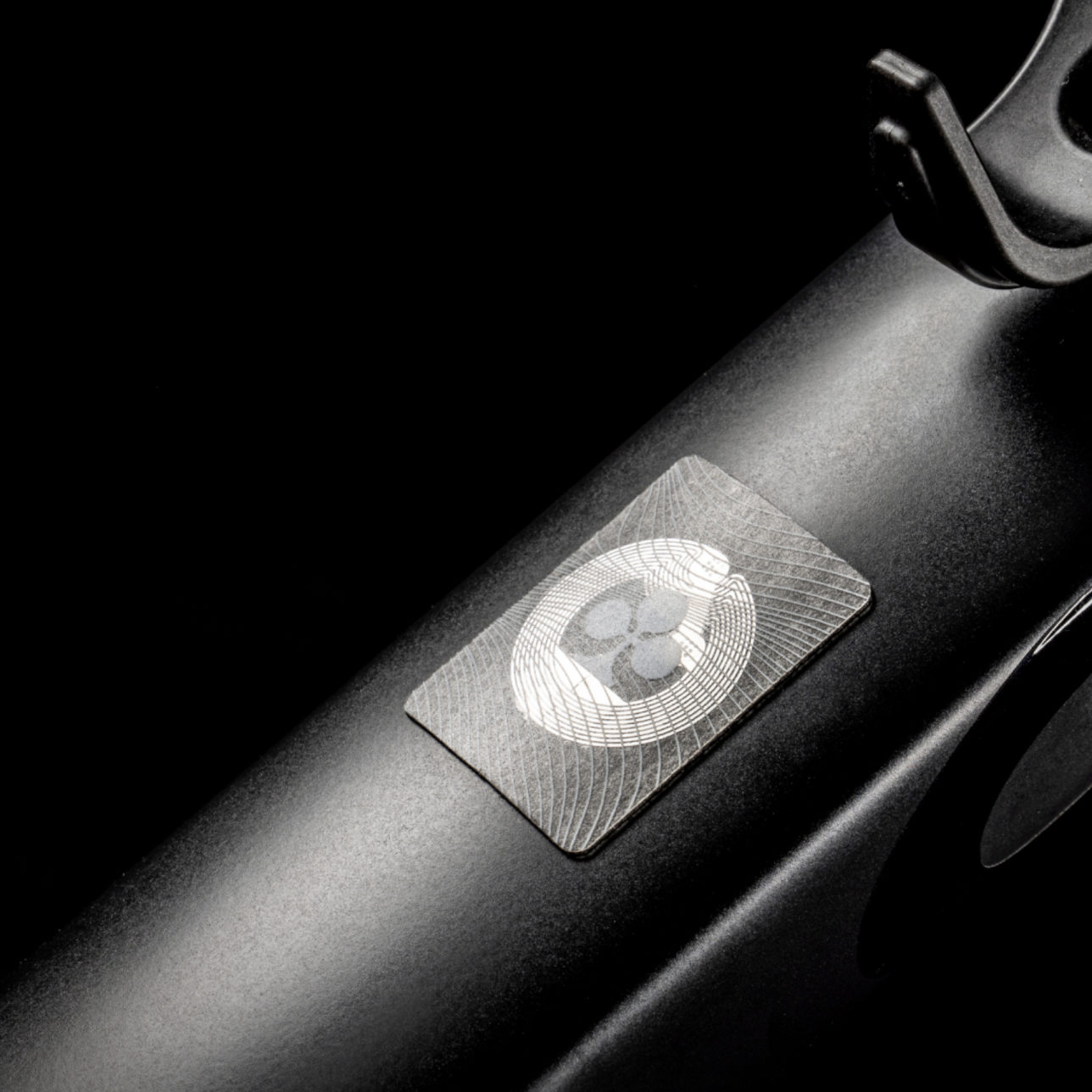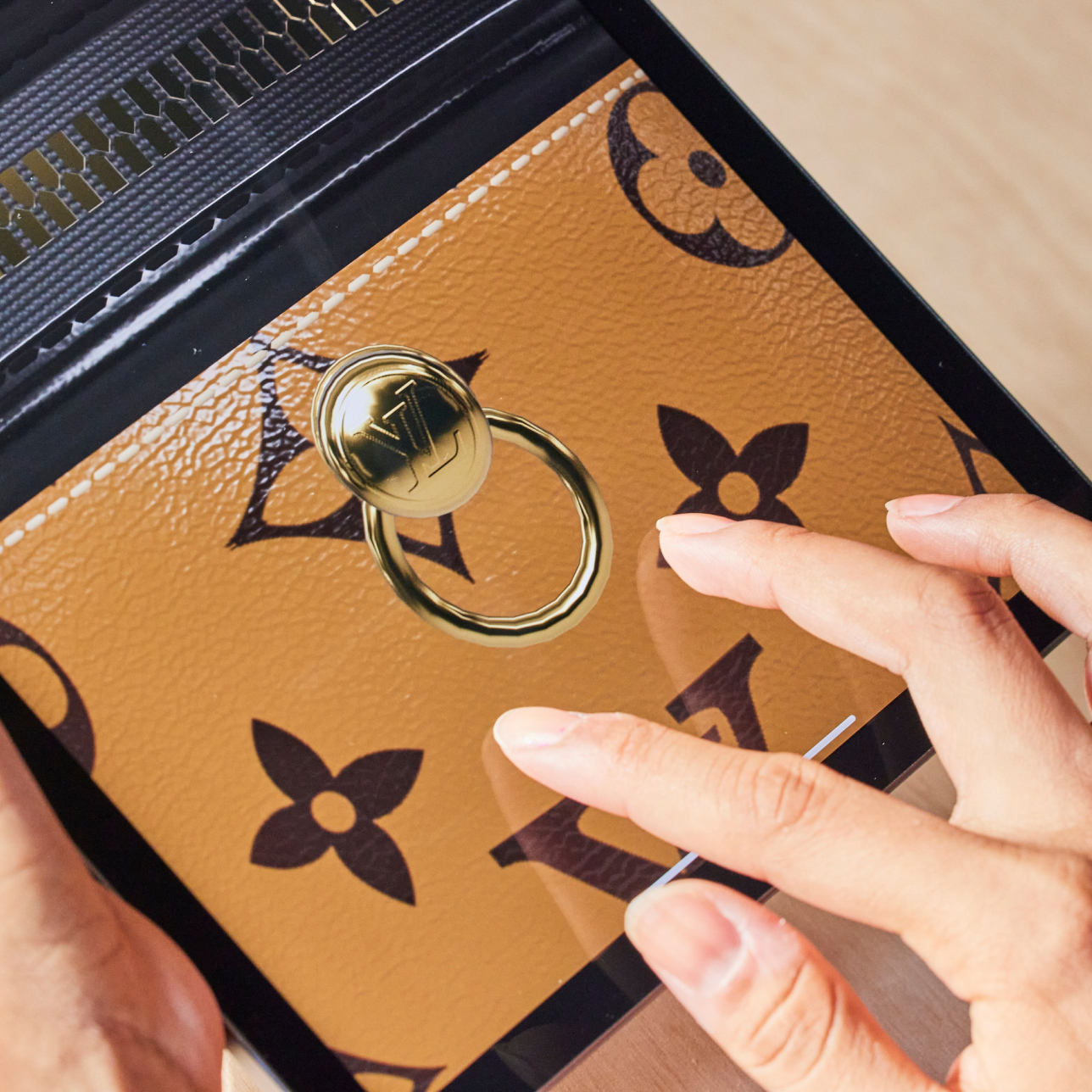Future proofing the online luxury experience

Over the past decade, global brands have risen to meet the worldwide wave of clamouring crowds surfing the web, satisfying a 24/7-365 shopping demand.
And retail therapy has changed somewhat since the early 2010s. In 2011, online retail spending came in at a cool £68 billion. Each year that followed, showed a steady increase of between £10-15 billion per annum. Then – thanks in no small part to the pandemic – this rocketed to £243 billion in 2020 (and £250 billion in 2021).
Now as we head into a new year, 1 in 4 retail purchases are made online (ONS). Yet the ever evolving experience (thanks to the marching advance of AI and UX technologies across every imaginable interface) still meets the same challenges businesses found back then. Reinventing where and when we shop – night or day, at home or away – hasn’t taken away the core issues at play. Online remains dogged by the same old elephant in the room – a high number of returns and a lacking user experience.
Online vs. in-store
For the luxury market, this poses a greater issue. Online has never quite been a natural fit; all too often lacking the level of service and prestige you’d find at any luxury store – from flagships to high end department stores. Pre-pandemic, this was hardly an unknown issue – and far from a pressing one, as many luxury shopping destinations became in-person experiences in themselves.
Whilst no business could have prepared for what was to come, the jarring lack of continuity between in-store and online was only highlighted further during lockdown. As in-person browsing, appointments and store experiences ground to a halt, retail pivoted attention away from the in-store experience and online became the only avenue to browse.
And whilst two-thirds (66%) of high-end shoppers are subsequently more comfortable making expensive purchases online since the pandemic began, today’s market brings further challenges. The many issues posed by the pandemic are further exacerbated by a worldwide economy in enormous flux. As we settle into endemic life and enter a new era, many luxury retailers are looking to pick up and reclaim something of a 2019 level of normality; a restart into the roaring 20s.
High street vs. high end
Yet luxury is not left untouched by the wider issues at play – including multitude supply chain issues impacting product availability and less disposable income as the global cost of living continues to rise. The result? Buyer anxiety and lack of brand loyalty, underlined by a continuous misstep between the in-store and online experience.
Consumers looking to purchase big ticket items want to be able to do so anytime, anywhere – and with the absolute minimum hassle. A recent poll of more than 1,000 luxury shoppers conducted by Norstat, on behalf of London Dynamics, highlights some concerning numbers: 90% believe luxury retailers fall behind their high street counterparts for online experience. That’s 9 in 10 shoppers – and let’s not forget the advent of the younger online luxury shopper.
A burgeoning millennial market worth billions in lifetime value is already upon the luxury landscape, with their Gen Z counterparts advancing behind. These buyers cut their teeth on evolving technology, assuming they will receive the same level of personalisation, style and service from luxury brands online as they’d find in-store, with the seamless convenience of an ASOS or Amazon return (which, unless you’ve been living under something of a rock, are renowned as digital retail supernovas dedicated to honing UX, loyalty and sales).
Redefining the luxury experience
Across every demographic of luxury shopper, a common denominator remains – 60% of all polled have abandoned an online purchase of luxury goods because they cannot see enough of the product to make an informed decision.
That’s not just a case of new customer nerves either; almost three quarters (72%) of respondents said that the online experience provided by luxury retailers falls behind the ‘prestige’ of their physical stores. And whilst this encompasses the many aspects of luxury shopping – concierge services, personal style consultations, tailoring, bespoke design tweaks, premium wrapping and boxing – we can also assume that this is as much about brand loyalty and ownership, too. In other words, the lasting impression and experience of the brand and product post-purchase – whether that’s online or not.
Let’s take the luxury and designer bag market, for example. With AR, the size of a bag (and what it can appropriately contain) is made clear; colour configurations and designs are brought to life. Shoppers can see the product in their own environment and envisage that item in their own homes and hands. The result? An easy, bespoke and uniformly convenient experience – with 8 out of 10 confirming the ability to see luxury items in Augmented Reality would make them more likely to buy a product.
The future of luxury shopping
Dominating online store fronts in luxury fashion, such as NET-A-PORTER, have led digitally with forays into AI and AR, yet the brands they sell are struggling to catch up across their own domains – and the hesitation to evolve has left many luxury retailers struggling to bounce back post-pandemic, let alone lead amongst their ‘department store’ style counterparts.
“Luxury brands and retailers have often been reluctant to invest in their websites for fear of losing the sense of exclusivity they get from their bricks-and-mortar stores”, explains Michael Valdsgaard, Executive Chairman and CEO of London Dynamics. “However, the pandemic has clearly accelerated the move online for high-end shoppers and retailers must adapt accordingly.”
In the current climate, today’s shopper – luxury or otherwise – is aware of the cost of their time in making that all important purchasing decision. Advances in 3D product visualisation, enhancing the online UX across any device, alongside augmented reality provide the customer with a completely hassle-free ‘try before you buy’ experience (not to mention eco-friendly for the climate conscious consumer). Something of a win-win for retailers as many look to mind their margins; minimising customer returns and contact following a disappointing purchase (in eCommerce alone, 20-30% of all purchases are said to be returned, rising to 40% in apparel).
What’s next for the luxury sector?
If over half of luxury shoppers aren’t convinced enough to convert online – thanks in most part to a lack of service and experience appropriate to their spend – where are they spending that time and money elsewhere?
It bears thinking about. Mismanaging the marriage between in-store and online can ultimately make or break the future of your luxury brand, as shoppers expect the same premium experience across every interface – virtual or otherwise. This and this alone earns loyalty.
Investing in the many developing AR technologies doesn’t just help to bring the store to their door; it minimises pressure on multitude retail operations, from returns to customer contact.
The advent of online shopping shows no signs of slowing, and with a growing millennial and Gen Z customer base, the message to the luxury sector is clear: adapt, or perish.

Schedule a 30 minute introductory call with our team to learn more about the opportunities for your business.
Industry Insights.
We’re working at the forefront of digital technology and believe in sharing knowledge within the industry to help elevate and unlock the power of 3D.

